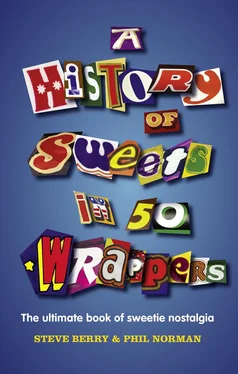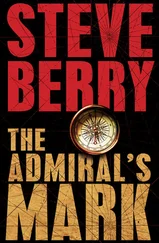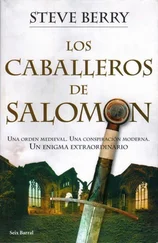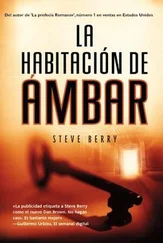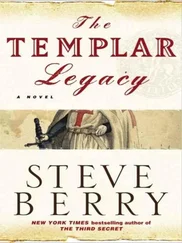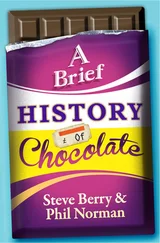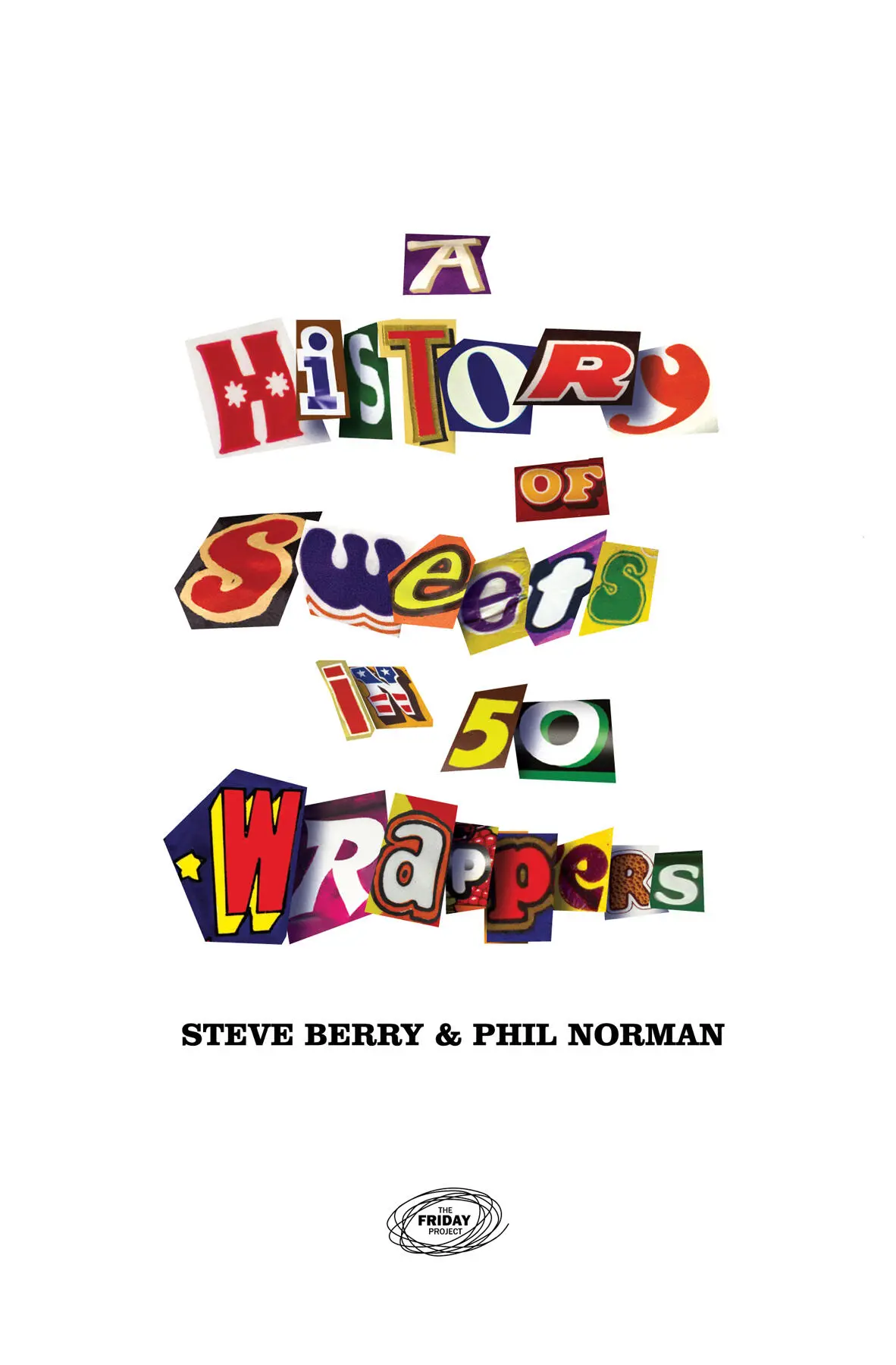
Image ceditsConfectionery collections: Lucy Bernstein, John Estlea, Dan Goodsell, Darren Wallington.Comic pages: Combom, Steve Hearn, Alistair McGown. Badges: Frank Setchfield.
First published in Great Britain in 2014 by
The Friday Project
An imprint of HarperCollinsPublishers
77–85 Fulham Palace Road
London W6 8JB
www.harpercollins.co.uk
Some of the content of this book originally appeared in The Great British Tuck Shop , published by The Friday Project in 2012
Copyright © Steve Berry and Phil Norman 2014
The right of Steve Berry and Phil Norman to be identified as the authors of this work has been asserted by them in accordance with the Copyright, Designs and Patents Act 1988
A catalogue record for this book is available from the British Library
ISBN 9780007575480
All rights reserved. No part of this publication may be reproduced, transmitted, or stored in a retrieval system, in any form or by any means, without permission in writing from The Friday Project.
Cover design by Luana Gobbo
Illustrations by Jumping Bean Bag Ltd
Ebook Edition © 2014 ISBN: 9780007575473
Version: 2014-09-23
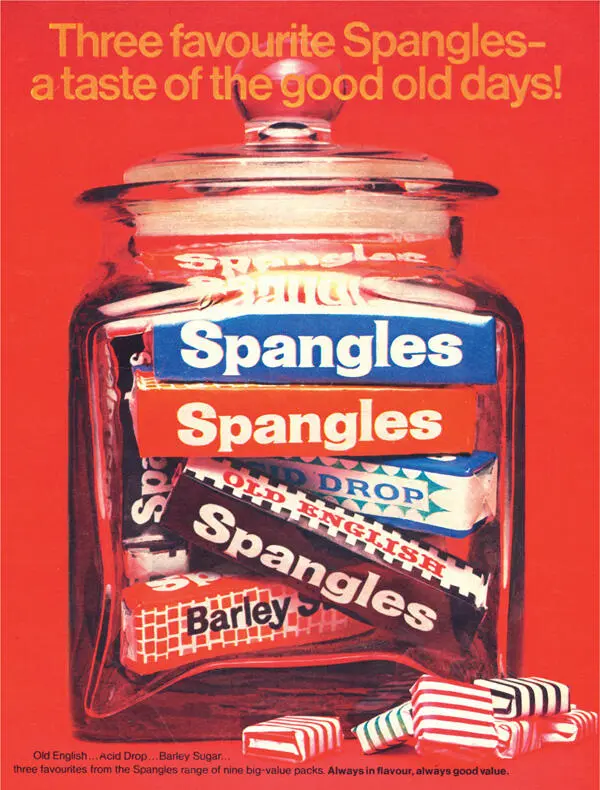
For Suzy, Joanna & Joanne
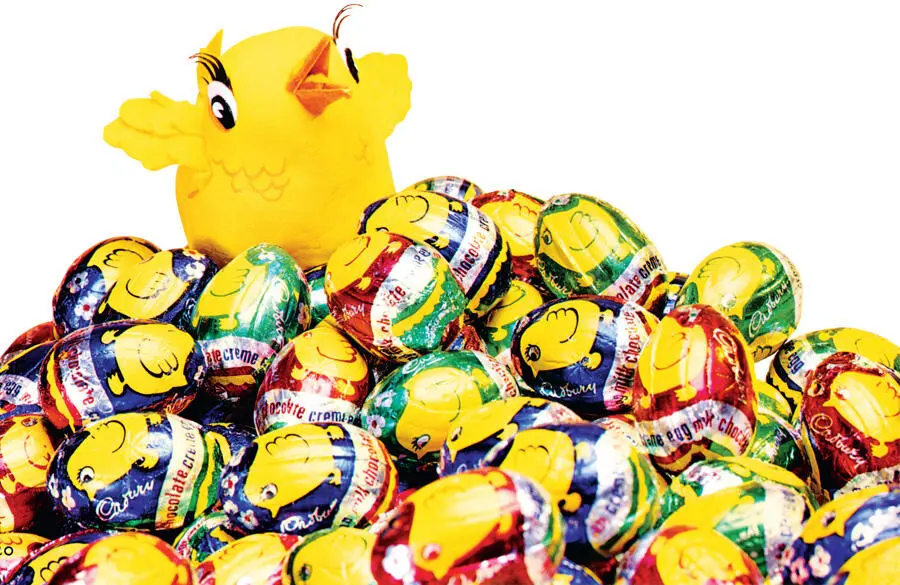
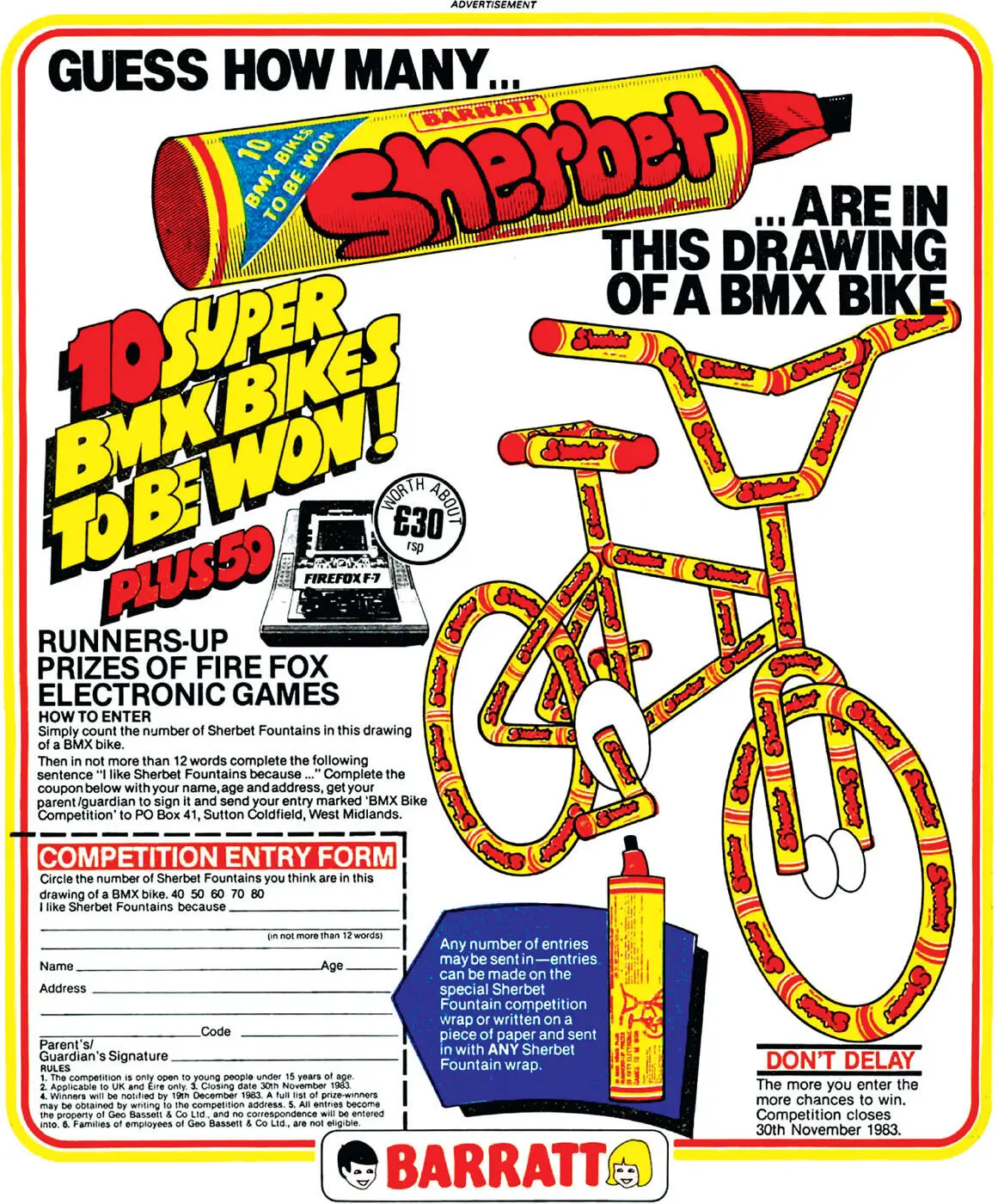
COVER
TITLE PAGE
COPYRIGHT
DEDICATION
INTRODUCTION
AERO
AZTEC
BOUNTY
CADBURY’S CARAMEL
CARAMAC
CHEWITS
COUNT DRACULA’S DEADLY SECRET
CREME EGG
CRUNCHIE
CURLY WURLY
DAIRY MILK
DIME
DOUBLE AGENTS
DOUBLE DECKER
EXTRA STRONG MINTS
FAB
FLAKE
FOX’S GLACIER MINTS
FREDDO
FRY’S FIVE CENTRES
GOLD RUSH
IPSO
JUBBLY
KINDER SURPRISE
KIT KAT
LOVE HEARTS
MARS
MILKY BAR
PACERS
PICNIC
POLO
REESE’S PIECES
REVELS
ROLO
ROWNTREE’S FRUIT GUMS AND PASTILLES
SHERBET FOUNTAIN
SMARTIES
SPACE DUST
SPANGLES
TERRY’S ALL GOLD
TEXAN
TOBLERONE
TOFFO
TURKISH DELIGHT
TWIX
VIMTO LOLLY
WALNUT WHIP
WHAM
WISPA
YORKIE
ACKNOWLEDGEMENTS AND THANKS
ABOUT THE PUBLISHER

For anyone of a certain age, memories of childhood are irrevocably connected to the stomach. The sweet shop was a great leveller. Everyone shopped there, from the Walter Softies to the Bully Beefs (although the bullies would probably steal the softies’ sweets, too). If you were a Milky Bar kid, a Flake girl or one of Fry’s Five Boys, it’s likely that the very first purchase you made with your very own money was something to eat.
There are two acknowledged golden ages of British confectionery. The first came in the 1920s and 1930s when, despite the Depression, the big sweet makers consolidated their brands and expanded nationwide. The second came in the 1970s and 1980s when, despite the Depression, the big names of sweets let their development departments go (fruit and) nuts, shunting out celebrity-endorsed chocolate bars and cartoon-wrapped nougat delights on a weekly basis.
Manufacturing went Technicolor, all the better to catch the wavering eye and stick in the mind for years to come. Sweet shops, until then like antique shops – arthritic, grey and fusty, trapping sunbeams in dust and quietly ossifying – were transformed into glittering Aladdin’s caves, crammed to the rafters with individually wrapped sugared treasures.
Somewhere between decimalisation and globalisation, creative confectionery enjoyed its most fertile period – an auspicious era that began with the last manned moon mission and ended as the first Sky channels beamed into unsuspecting British homes. That journey to the corner shop took on the nature of a pilgrimage for many a child, with a salivating smile and a skipping heartbeat. Inside, a fantastic cornucopia of riches. Some items had a past longer than the shopkeeper himself. Others would go on to outlive him. While many, with hindsight, would never see the year out.
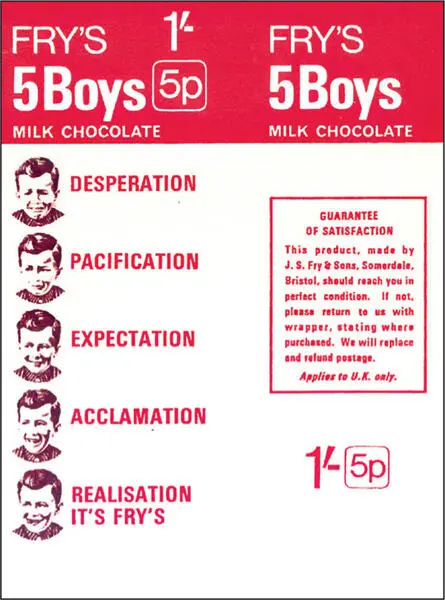
‘Oh, pish, tush and a cheap laugh during a slow edition of QI ! It’s Fry’s Five Boys (1902).
None of this mattered to your prospective sweet purchaser, gloriously transfixed as they were in the moment, surveying the ranks of stock. Iconic Mars bars sitting next to the doomed likes of the Cadbury’s Alamo. The Fruit Salad chew, old as the Book of Genesis, shared shelf space with Trebor’s Fings, Rowntree’s Junglies and other sugary mayflies. In the disinterested eyes of the proprietor, all products, as long as someone bought them, were equal. No preferential treatment here. You had to choose wisely, as funds were limited. Governmental sweet rationing may have ended in 1953, but the economic and parental varieties still held sway.
Many products came and went – mere footnotes in their manufacturers’ inventories – but that doesn’t mean they weren’t coveted, adored, consumed with a passion and, just like old friends, noisily revisited a few hours later on the waste ground behind the prefabs. Fortunately a lot of them tasted the same coming up as going down.
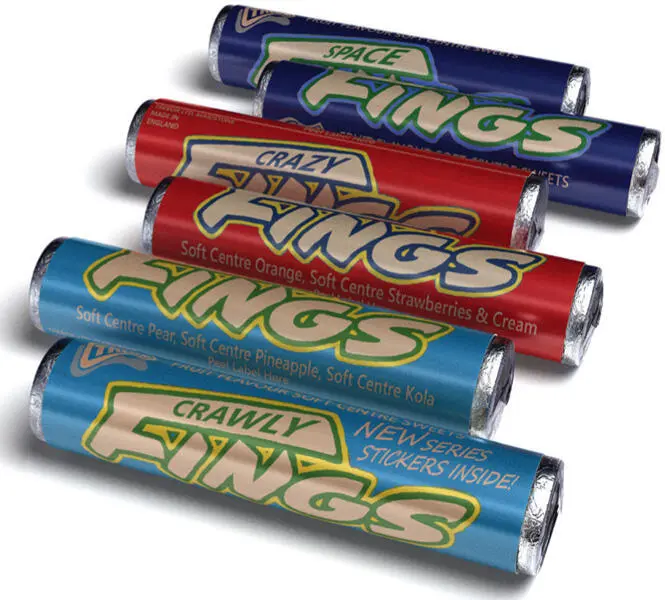
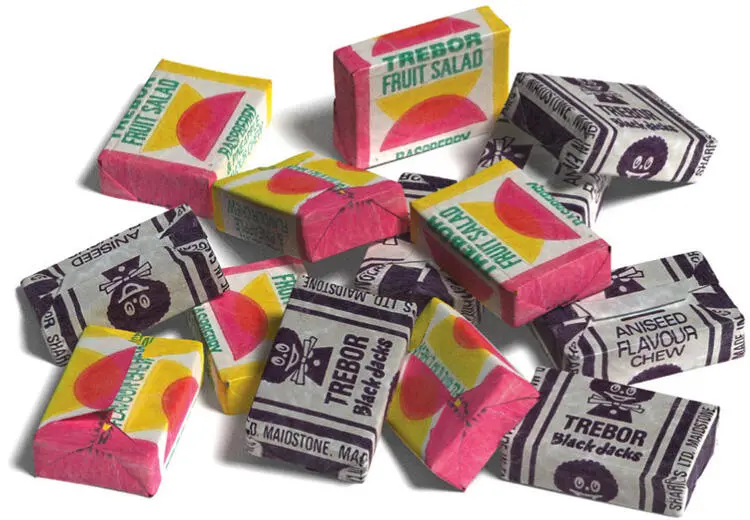
Fings ain’t what they used to be (1981), not least for the racist packaging of Trebor’s Black Jacks (1920).
The marketing men inevitably loom large in this tale, coupling childlike imagination with ruthless raiding of money boxes to create a world of hedonistic abandon, populated by models, mascots and maniacal showbiz personalities all merrily hooked on the product – whatever it may be – and keen to let the whole world know. Often in full song.
For better or worse, their efforts made a generation what it is, and what follows is, as much as anything else, an account of how they focus-grouped our Five Centres.
Those big companies can’t help but tinker with their winning brands, all in the name of progress. Recipes are changed, formulas are tweaked, and – most heinously of all – the packaging is modernised. Do not despair. Despite the disappearance of some cherished childhood chocolate bars, many sweets, crisps, snacks and pop are still available if you look hard enough. Only the artificial colours and preservatives have been jettisoned, in favour of ‘all natural’ ingredients.
Читать дальше
